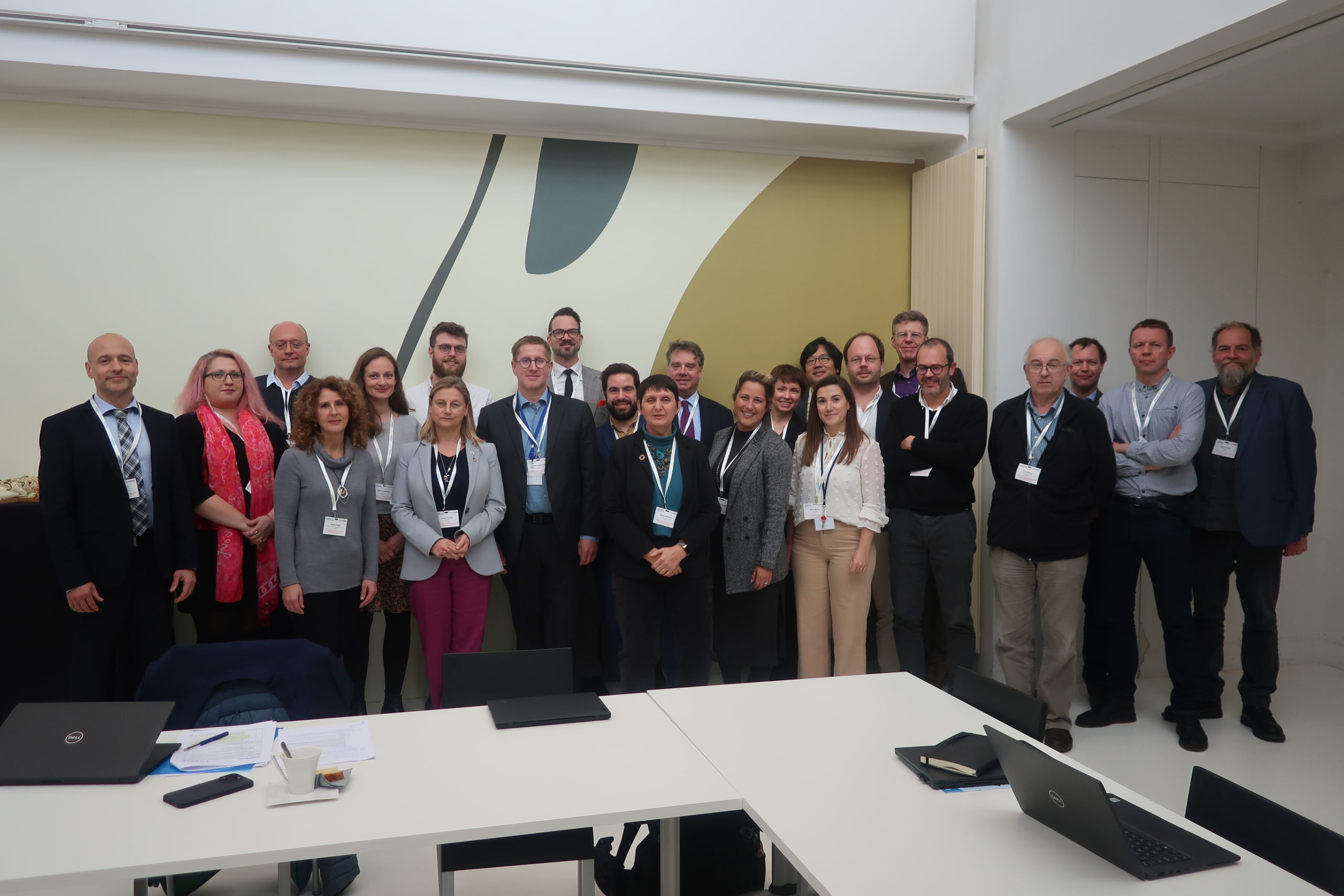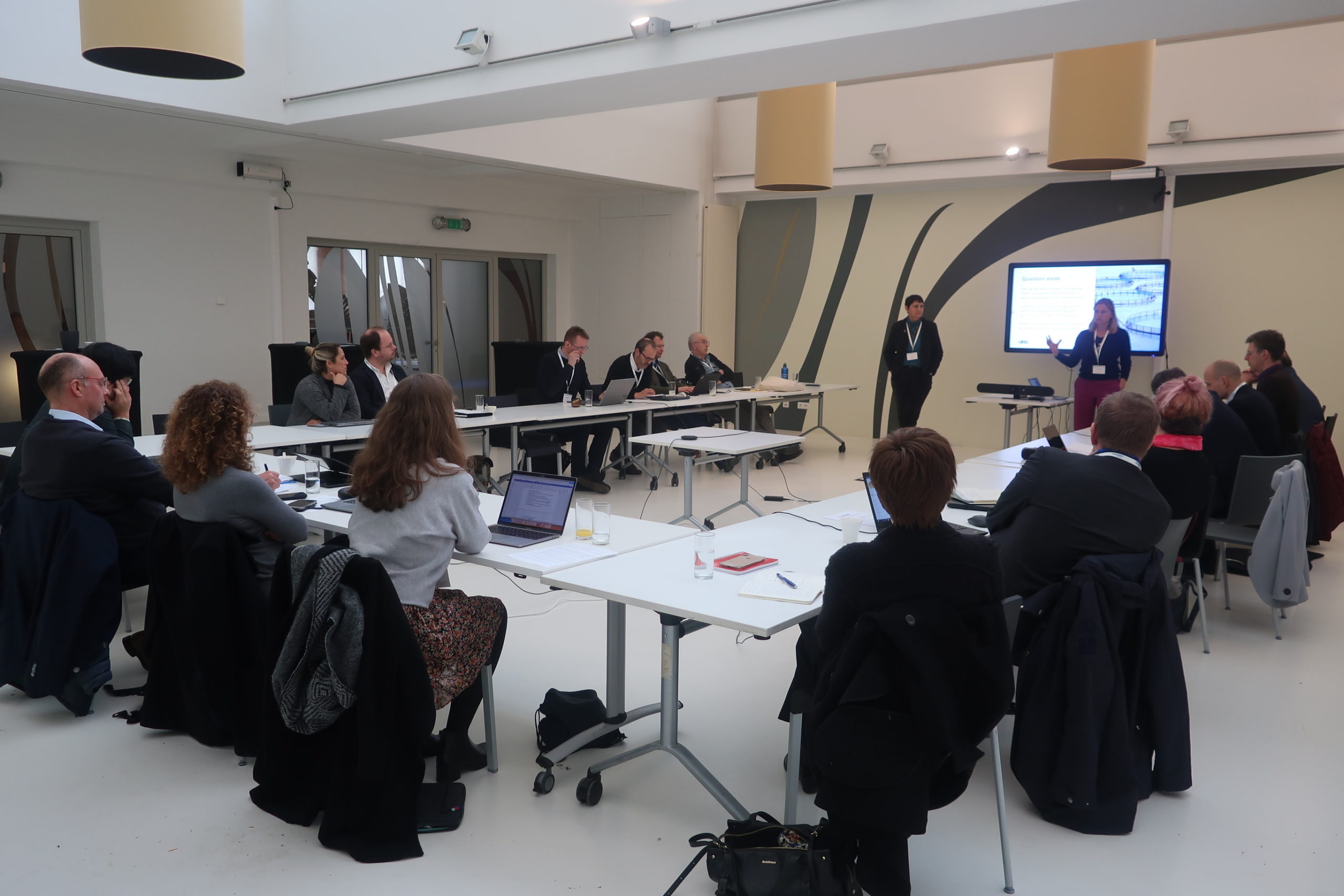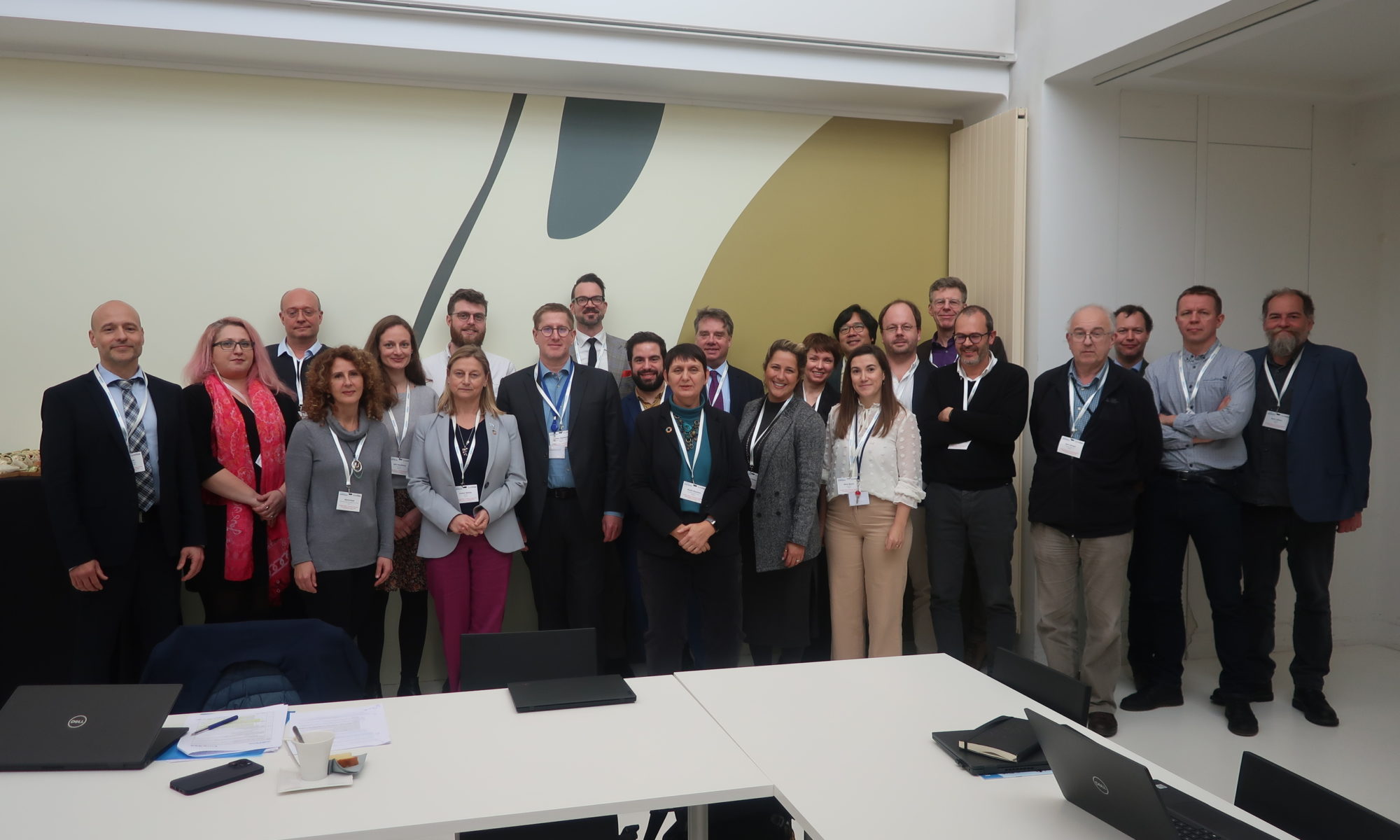It is the year 2035. Extreme weather events such as heavy rainfall, floods and heatwaves have become the new norm all around Europe, and timely ocean information is now critical to respond to the crisis. This is the future scenario that was presented in the foresight workshop titled “Ensuring accurate climate related predictions in Europe by 2035”. The European Marine Board, supported by the EuroSea Innovation Action, organized this foresight workshop on 15-16 March 2023 at the Museum of Natural Sciences (Royal Belgian Institute of Natural Sciences) in Brussels (Belgium).

After the scene was set for the discussions by the President of the Working Party on Maritime Issues Mattias Rust, who is the representative from the Swedish Presidency of the Council of the EU, the foresight workshop discussions started with the scenario of what the world might look like in 2035. A world in which “extreme” events across Europe such as heavy rainfall, floods and heatwaves, have become frequent and the new norm. Responding to the huge costs for the EU’s blue economy and number of deaths that year, the European Commission, in collaboration with the National Governments, have set up a mechanism to discuss and identify pathways to ensure the sustained delivery of accessible, timely, and actionable information from the European Ocean Observing and Forecasting System to respond to the crisis. The workshop was animated by four discussants who described the legal barriers to ocean observing (Erik van Doorn, GEOMAR), funding challenges (Vicente Fernández, EuroGOOS and Ed Hill, NOC) and the societal value of ocean observing (Emma Heslop, GOOS).
These topics were used to describe three 2035 future scenarios: the worst case, the best case, and the probable 2035 future. The participants considered what a best-case scenario could deliver and what could be lost in a worst-case scenario. The participants also considered what needs to happen to arrive at the best-case scenario, and what possible steps are needed to ensure that we get there. The action and barriers that stand in the way of a strong and fit future European Ocean Observing System were discussed and the workshop ended with a discussion on how the EOOS Framework Strategy and Roadmap for Implementation for 2023-2027 could ensure that we arrive at the best possible future.

The outcomes of this workshop are key recommendations for mechanisms to sustainably fund and coordinate Ocean observation, prediction, and information delivery in Europe. These will inform the Framework of the European Ocean Observing System (EOOS) as part of the EuroSea project.
This invitation only workshop was moderated by Sheila Heymans, Executive Director of the European Marine Board. The participants included national representatives from the EOOS Resources Forum and Operations Committee, representatives from the European Commission, the G7 Future of the Seas and Oceans Initiative and the EU4Ocean Obs initiative, and EuroSea partners such as UNESCO – IOC GOOS, EuroGOOS and EuroSea coordinator GEOMAR.
Text and images by European Marine Board / EuroSea.

